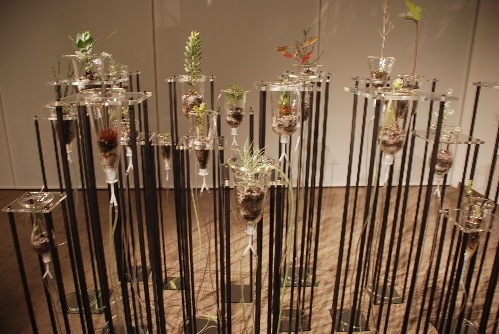I live in an ancient land. The oldest rocks on earth, over four billion years old, are some diamonds that were recently found in the north-west of W.A. For the last 250 million years the south-west corner of Australia hasn’t been doing much, geologically speaking. It has been getting worn down and leached of minerals. The plant species have been quietly diversifying. If you drawn a line from Shark Bay in the north to Esperance in the south, then within that triangle you’ll find nearly seven thousand plant species. Four hundred or so are threatened with a very uncertain future because of the things white folk have done over the last hundred years, but there is still plenty to celebrate.
While winds blew through foliage a hundred thousand years ago on a spring morning on the ground above which I now write there was already a veritable coral reef of land-based colour to be seen. The year has rolled around and colour has come again to the land in Perth. This afternoon I was in Kings Park and these are some of the hues that entered my lens…
Geraldton Wax (Chamelaucium unciatum).
Kangaroo Paw (Anigozanthos manglessi). In case you don’t know, this is one of the things our state is most famous for. The soft, downy texture of the flower, its vivid red and green colours, and its splayed open ‘fingers’ make a great emblem for Western Australia.
Everlasting flower (Rhodanthe chlorocephala ssp. rosea). Millions of these paper-like petals are starting to light up our semi-arid lands for hundreds of kms north and east of Perth right now.
Spring in the old southern place
Ancient land,
Lambent September,
Syllables of youth come floating out of the ground,
Light and colour for your existence.
It doesn’t matter where we are, e. e. cummings was right all along:
‘yes is a pleasant country’.








